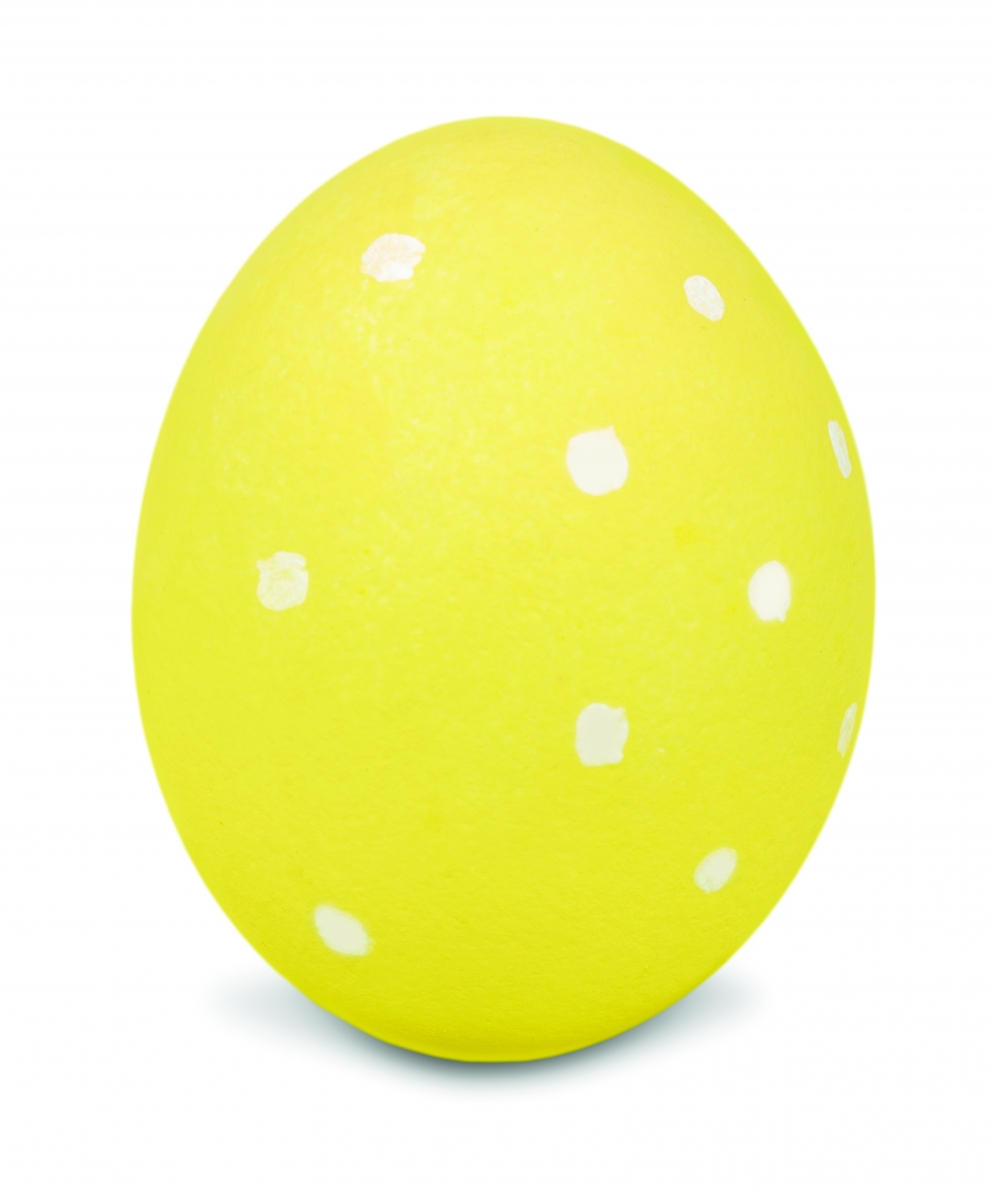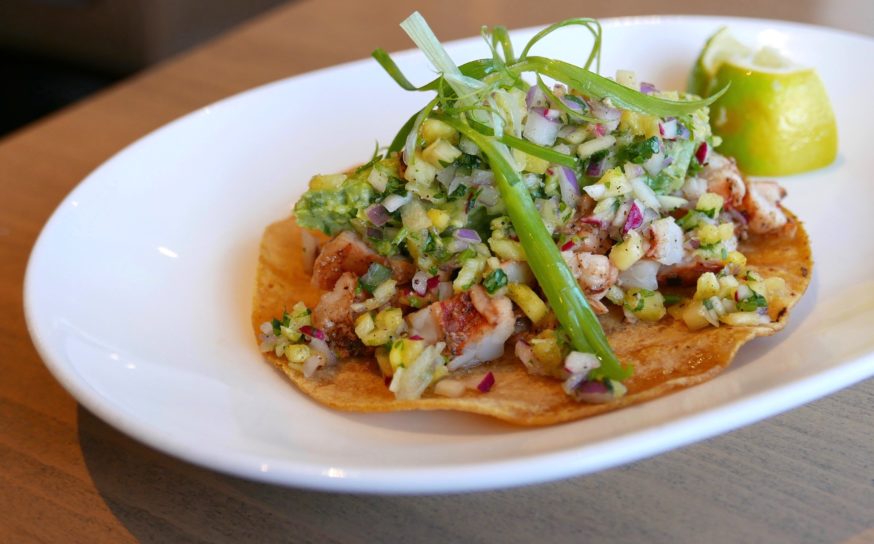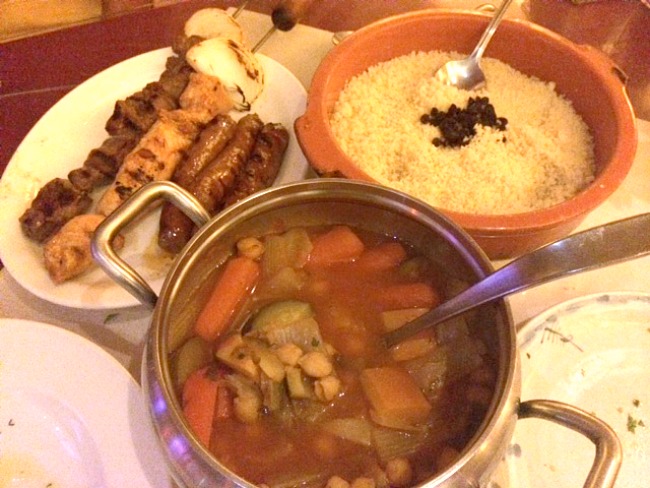
Egg-static!
We take a crack at the Easter egg’s colorful past.
-
CategoryPeople

-
Ostrich eggs engraved with decoration were found in Africa and dated to be 60,000 years old.
-
Gold and silver ostrich eggs were often placed on the graves of ancient Sumerians and Egyptians.
-
A batik (wax resist) process is used to create intricate, brilliantly colored eggs, the best known of which is the Ukrainian pysanka and the Polish pisanka.
-
The celebrated Fabergé workshops created exquisite jeweled Easter eggs for the Russian Imperial Court.
-
In Judaism, a hard-boiled egg is an element of the Passover seder representing festival sacrifice.
-
Eggs contain no carbs or sugar and are a good source of protein. Yolks contain choline, which promotes normal cell activity, liver function and the transportation of nutrients throughout the body.
-
“Which came first … the chicken or the egg?” If you find out, let us know.
-
“Easter egg” is also a term used to refer to a hidden joke or message inside various digital media, like video games and DVDs.
-
The first Cadbury Creme Egg debuted in 1963. A recipe alteration in 2015 caused an uproar.
-
The average household consumed five dozen eggs at Easter in 2014.
-
In some parts of the United Kingdom (such as Scotland and Northeast England) painted eggs are rolled down steep hills on Easter Sunday (instead of on flat ground).
-
Recent Easter egg traditions may have originated from Lent practices and the fasting from all eggs and dairy. With chickens producing and no one eating, there was a stockpile of eggs. This surplus had to be eaten quickly to prevent spoiling … thus the hard-boiled egg.
-
Early Christians in Mesopotamia painted eggs red in memory of the blood of Christ.
-
In many cultures, eggs are considered a symbol of fertility and rebirth.
More Stories
Homes, People
Architect May Sung Comes to The Rescue on a Studio City Reno Gone Wild
In the right hands…finally!











